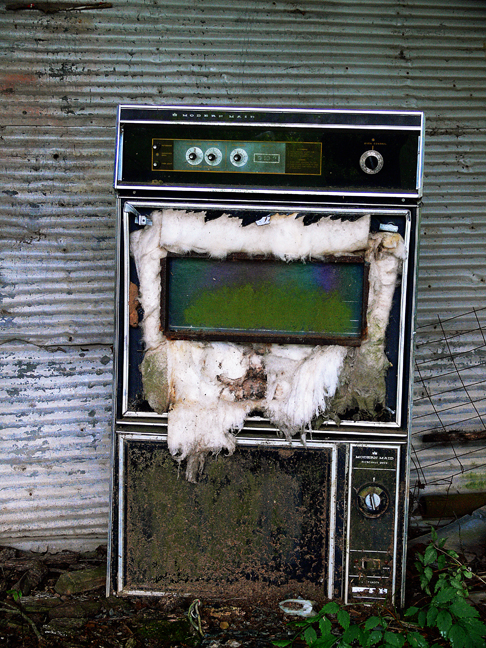
Some photographs occur rather naturally, others do not. Of course, that reality may differ for different photographers. It depends on how they work. I've always found photos that are forced tend to look forced, artificial. As one of my friends used to say, "contrived". But perhaps the difference between what is real and what seems artificial wouldn't be so clearly apparent unless you're used to looking very carefully at reality and the errors that can be intentionally or inadvertently introduced through the rendering process. Artists have found the more thoroughly they understand human physiology, the more compelling their renderings of human figures become. Audubon's jaw-dropping renderings of birds were the consequence of murdering hundreds of birds in order to minutely study their physiology. The interesting thing is that we must all intuitively be able to recognize the difference between what is real and what is not, or we wouldn't find really accurate work to be so compelling. Photographers face a slightly different problem, the psychology of what is real, not the physiology. One can photograph a ballerina from nearly any angle or at any instant and not get her physiology wrong. It is quite another trick to succeed in rendering the expressive grace and beauty of her movements. In other words, to get the psychology right. Pre-visualization seems to be the key. Theoretically, one could set up cameras from many angles and set them to make exposures several times a second for minutes on end. Somewhere in the mess that would result one might find a compelling image. But few artists worth their salt would work that way. Instead, they would more likely first imagine the angle and exact instant most revealing of their subject. With opportunity, practice, and adequate technique, a compelling image might then actually result. There are complications, however, psychological complications. The subjects of photographs are not passive actors. Very often they realize they are being photographed and then alter their behavior in an effort to project a specific impression of themselves toward the camera. That projected impression may or may not be well controlled by the subject nor welcomed by the photographer. It depends on the reality they've pre-visualized. I am here reminded of a recent situation where I was walking down a dirt road well outside the nearest city limits when a rickety old pickup truck approached and stopped. The elderly driver asked if I was lost or needed help. I did not, but he stayed put for a while, right in the middle of the road, and talked. Turns out he owned some of the land around there, some of it rented to tenants of one sort or another, and some of it shrouded with fencing to hide from view his main business activity, a junkyard. Not only was the old guy very talkative, but physically he was extremely beautiful, clear eyes, chiseled bone structure, luminescent skin tone, unshaven whiskers, baseball cap off his brow, sleeves rolled. Aside from recycling junk, he counseled young people down at the local church and thought the main problem with young folks these days was they didn't know where the heck they were headed. In other words, they exercised no substantive pre-visualization with respect to their own lives. Now, I would have loved to have made a photograph of that old guy. He had more character than most people you see today. But I didn't. It just didn't seem right to either ask if I might photograph him or try to sneak a snap of him while he was talking. Either way, the resulting image would have seemed flawed, artificial, clumsy. It would not have naturally occurred nor have accurately revealed the unadulterated depth of his character. In my book, it would have been junk. |
• Posted: Nov 21, 2007 16:57:59
• Comments Welcome
• Vote CoolPhotoblogs
• Purchase a Print
• Share
Saturday, July 14th, 2007 Echo LA USA |